Biophilic design ideas - clever ways to bring nature into your home for a calming space
Immerse yourself in the healing, calming power of nature by blurring the lines between indoors and out

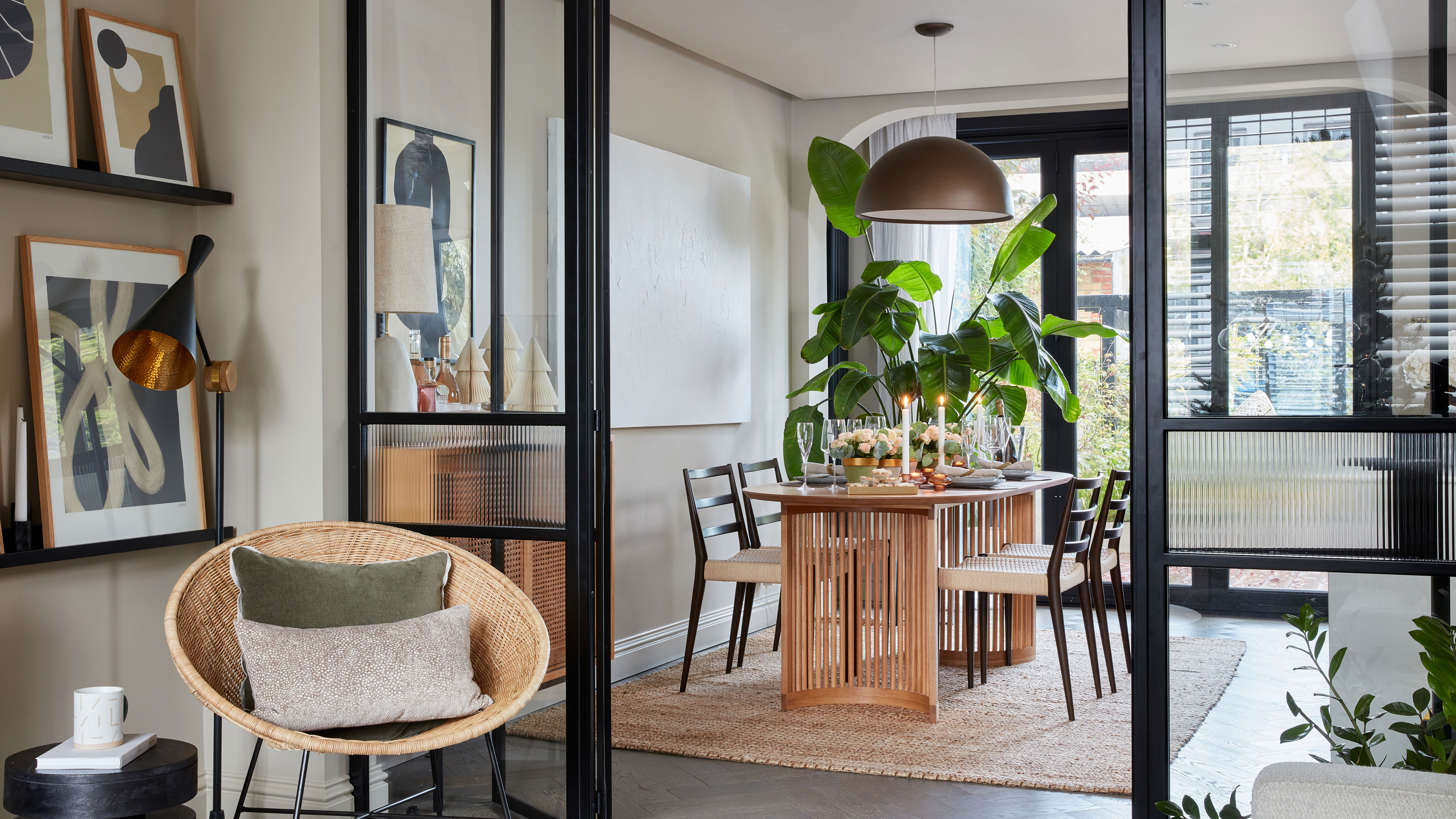

Today, biophilic design has become a buzzword in architecture and interiors. It’s about designing homes to keep nature in, rather than out.
Is easiest way to see how it has crept into our homes has been the boom in houseplant ideas for the home over the last few years. However, this design trend goes way beyond adding a monstera to your living room ideas and can have a strong impact on your overall wellbeing.
What is biophilic design?
It began with the biophilia hypothesis, a theory popularised in the 1980s by naturalist E.O. Wilson. His theory, that humans have an inherent connection to plants and other living things, has been proven and re-proven by scientific research around the world.
Ben Weymes, Associate Studio Manager at Resi says, ‘Biophilic design is the incorporation of nature into building design. Something to consider is how you can enhance wellbeing by interconnecting your property and its surroundings. You can do this by introducing flora and fauna in, around and built into the main spaces of the home.’

Ben has more than 10 years of experience in architecture, with half of that in residential design. As Resi’s building regulations manager, he specialises in renovation and extension projects and finding solutions to the pre-construction and technical issues that can arise.
Is it just about plants?
Biophilic design isn’t just about filling your rooms with plant displays; it’s about connecting to nature. Whether it's biophilic bedroom ideas or adding the design principles to the living room. it’s about making your home feel more light and open, with the best views possible of the outdoors and its wildlife. Also, it’s about the use of materials you’d find in the natural world, such as wood and stone.
What’s the benefit?
Miles Richardson, Professor of Human Factors and Nature Connectedness at Derby University, writes in his Finding Nature blog, ‘Those who have a strong sense of nature connectedness feel happier, function better and help the environment more than those who are less connected.’
Professor Richardson is the leader of the Nature Connectedness Research Group, which published its Nature Connection Practices Guidebook in October 2023. The publication says, ‘Creating a lasting sense of nature connectedness doesn’t require spending a lot of time in nature or going on epic hikes out in the wilderness. The key is to change how we experience nature in our ordinary everyday lives. All we need to do is notice and appreciate the nature around us.’
Sign up to our newsletter for style inspiration, real homes, project and garden advice and shopping know-how
Biophilic interior design ideas for your home
Whether you’re planning to extend or renovate your property, or are interested in retrofitting your existing home with biophilic elements, consider these ideas…
1. Plant a living wall
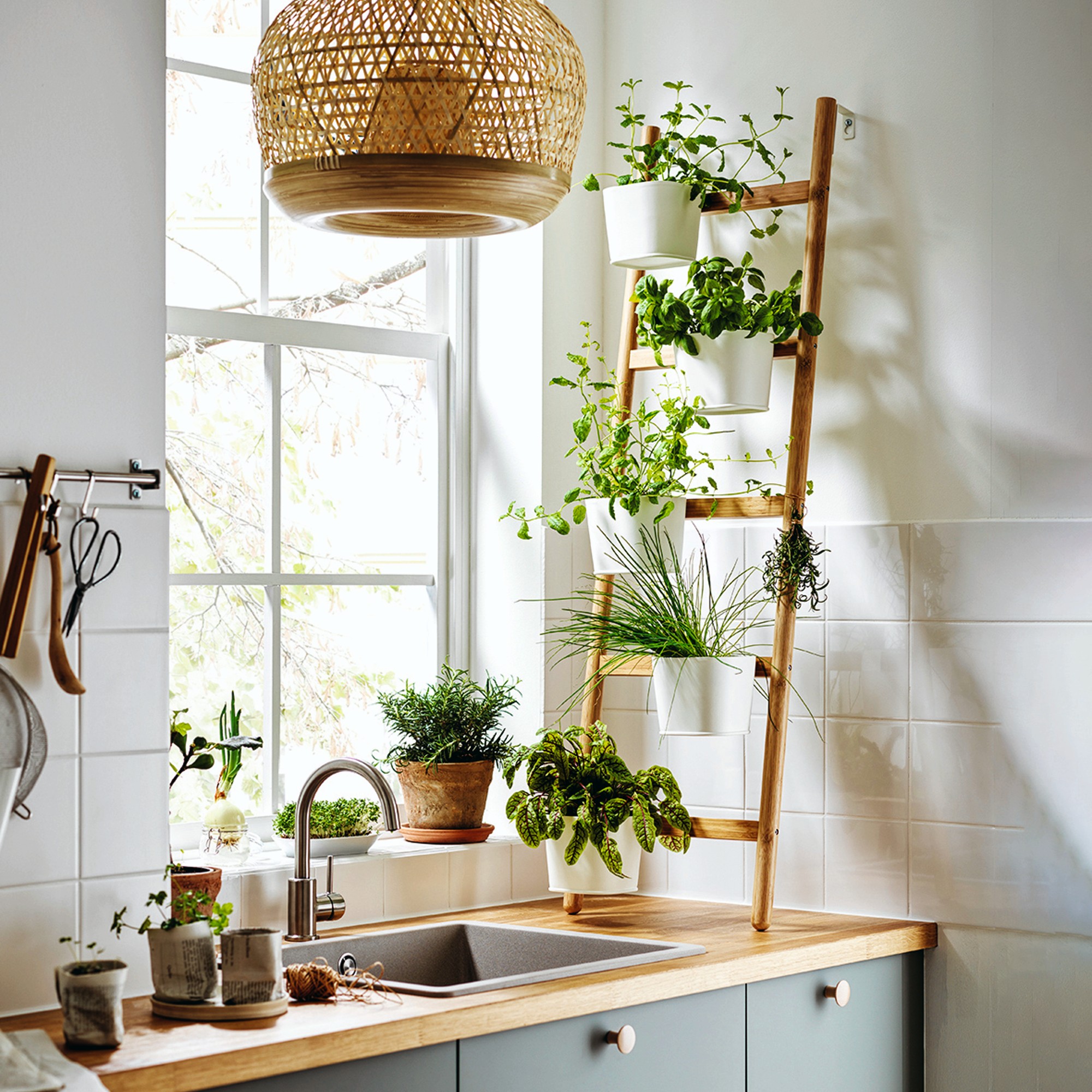
Make planting an architectural feature by incorporating a wall fitted with vertical planters. Used in the garden, living wall ideas are great for screening and privacy, and greening up an urban view.
Indoors, filled with low-growing or trailing plants, they create a beautiful backdrop for everyday life. On a smaller scale, wall-hung planters are a textural, green alternative to artwork behind a dining table or sofa. There are ways to turn plants into a wall display for every space.
Locating your living wall and the plants to use should be guided by the light in your home. Oliver Burgess, architect and studio manager at Resi says, ‘A huge part of considering biophilic design is understanding how the sun tracks around your property to work out how much available daylight enters it.
'The orientation of the building and the positioning of windows will also indicate which plants will survive.'
2. Fill your home with flowers

This doesn’t have to be as spendy as it sounds, if you have a few tricks up your sleeve for making a bunch of supermarket flowers go further and know how to make them last longer.
Florist and author of The House of Flowers, Ashlee Jane, has these ideas for stretching a bouquet into multiple displays:
- Go foraging in the garden to add texture and greenery to your arrangements. This will add texture, interest and volume. Hardy, long-lasting foliages include ivy, rosemary, conifer, eucalyptus and pittosporum.
- Use small bud vases to create mini arrangements that can be placed around your home. Choose vases with a narrow neck so you only need a few stems per vase.
- Use bowls with chicken wire for support to hold smaller arrangements. These look great on kitchen islands and bedside tables.
- Dry flowers by hanging stems upside down on something like a peg rail somewhere cool and dry for a few days.
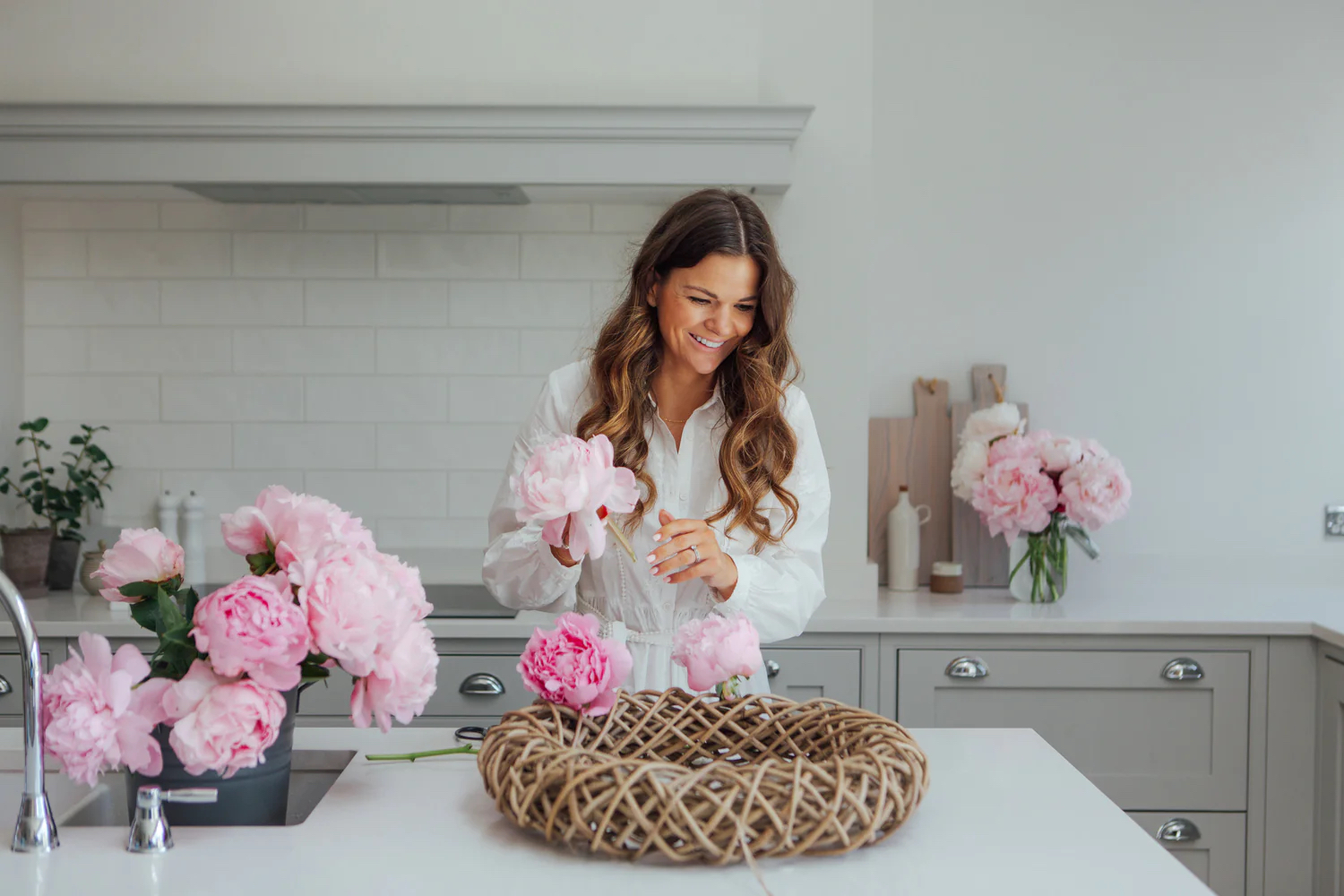
Ashlee turned her hobby – flowers – into a profession when her Instagram posts of gorgeous arrangements gained a following. She went on to launch The Suffolk Nest, selling faux flowers and plants, floristry tools and homeware. She recently published a book, The House of Flowers.
3. Let in more light

There are so many benefits of natural light, from boosting your mood and easing stress to helping you sleep better. Extending or renovating is an opportunity to make a dramatic change that brings in light.
Oliver Burgess, architect and studio manager at Resi, says, ‘Adding a courtyard space to the middle of a home can incorporate light, greenery and the feeling of openness. Fitting large, picture window or curtain walls can also create this feeling of openness and transparency with the outdoors, inviting it in and vice versa.’
Working with your existing home, boosting the daylight can be achieved with simple tricks like painting walls pale, reflective colours, using mirrors and light curtain fabrics, and making sure furniture is not blocking windows.
4. Accessorise with plants

A display of the best indoor plants brings beauty and air-purifying power, but can also fix a host of design downers. You can soften the hard, clinical look of bathroom tiling with a frothy fern. A sculptural white-flowered peace lily will brighten the dark corner of a bookcase. A curvy-leaved monstera can have as much presence as an interesting piece of vintage furniture, and add as much character to a room.
Putting plants in your home also brings health benefits: the Royal Horticultural Society says, ‘Indoor plants offer improved psychological well-being and they support fitness and general health. The psychological benefits of indoor plants have been shown to include improved mood and reduced stress levels.'
Judith de Graaff, co-author of Plant Tribe, says that looking after plants is beneficial, too: ‘Engaging in tasks like watering, pruning, and tending to plants encourages a sense of presence and connection with nature.’

Dutch designer Judith de Graaff is co-author of plant books Urban Jungle and Plant Tribe. She blogs at Urban Jungle Bloggers and lives in the south of France where she is renovating a property.
5. Hang nature-inspired artwork

Every home needs a gorgeous gallery wall. One of the Nature Connection Practices recommended by Derby University’s Nature Connectedness Research Group is to explore nature in arts and culture.
It suggests, ‘You could curate your own nature gallery… – seek and collect examples of artwork… that capture nature’s beauty, wonder, and how it makes you feel. This activity helps activate the meaning, emotion and beauty pathways to nature connectedness.'
6. Build in planters

Using low storage units is a genius way to divide an open-plan space, so why not incorporate planter tops into the design? Oliver Burgess, architect and studio manager at Resi says, ‘Planters that are designed and constructed into the build itself will imbed biophilia into the construction, solidifying the relationship between architecture and nature.’
You can achieve a similar effect with off-the-peg planters, such as Hortology’s solid rectangle planter (110 x 40 x 70cm), £499.99. Alternatively, utilise plant stands and console tables in a clever way to give a similar effect.
7. Make natural woods the star

Decorate with wood by choosing a ‘hero’ item for a room made with a beautiful grain: a kitchen island, a dining table, or even a feature wall of natural wood cladding.
Charmaine White, interior designer at architectural firm HollandGreen, says, ‘As a fundamental element in the art of biophilic design, wood establishes a harmonious link between living spaces and the natural world. Beyond its aesthetic charm, wood brings warmth and a sustainable essence to our interiors.’
‘Wood embodies the essence of biophilic design – spaces that not only look stunning but are also comforting and tactile. Its versatility and timeless appeal actively contribute to the wellbeing of interior spaces.’
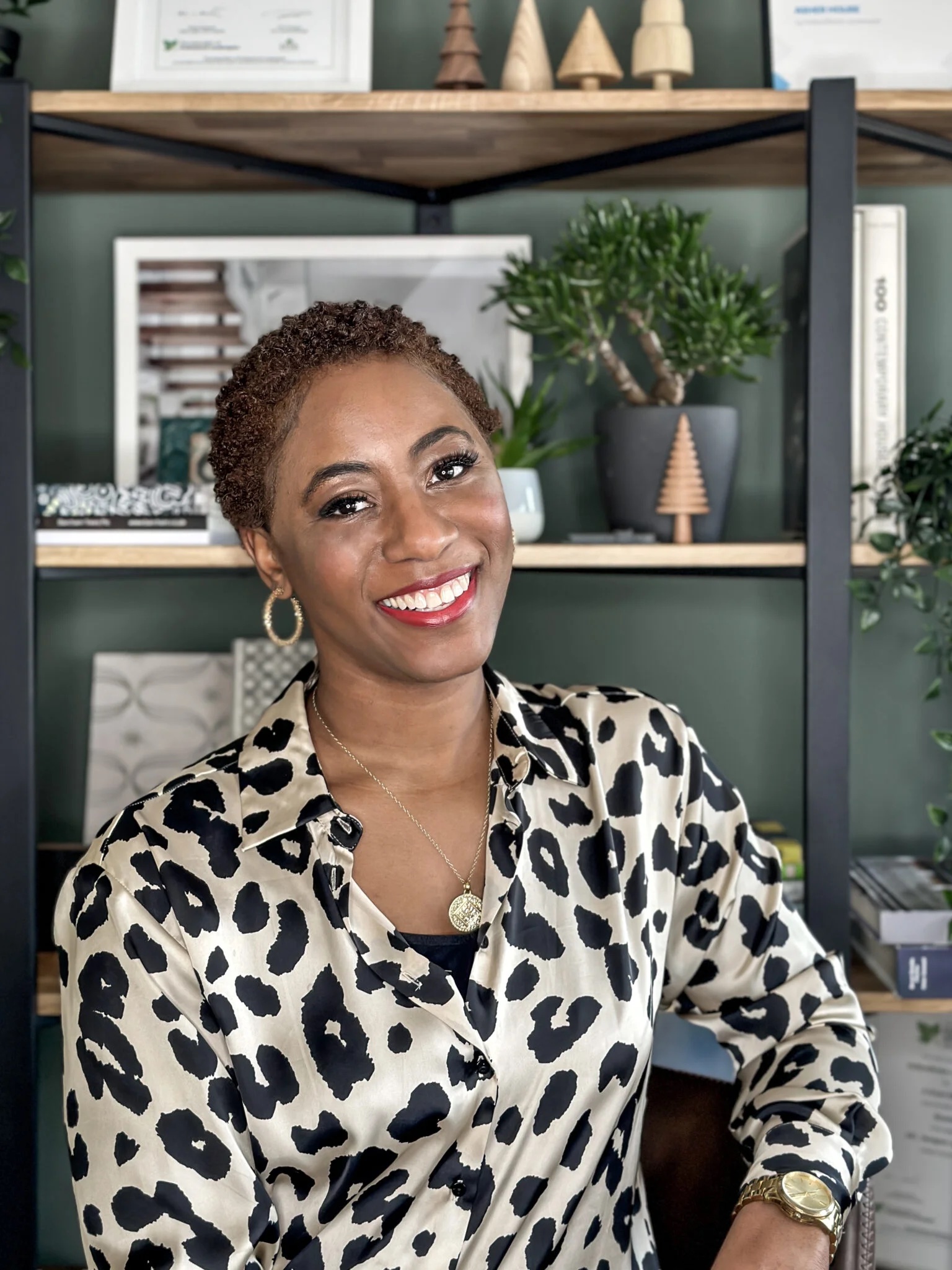
Charmaine studied Textile Furnishing Design and Manufacturing at London Metropolitan University before gaining her interior design diploma from the KLC School of Design. She joined HollandGreen architectural practice in 2022 and her projects span heritage properties to contemporary builds.
8. Lay a deck or terrace

Architect Oliver Burgess recommends, ‘Terrace spaces recessed into the build will extend the home into nature.’
But any hard-surfaced area beyond your back door will seamlessly connect your indoor and outdoor living spaces. Sliding or bifold doors are a brilliant addition to connect the two and also provide wide views of your green space from the inside. Biophilic living doesn’t get better than stepping out into your very own green living room.
9. Put nature on the walls
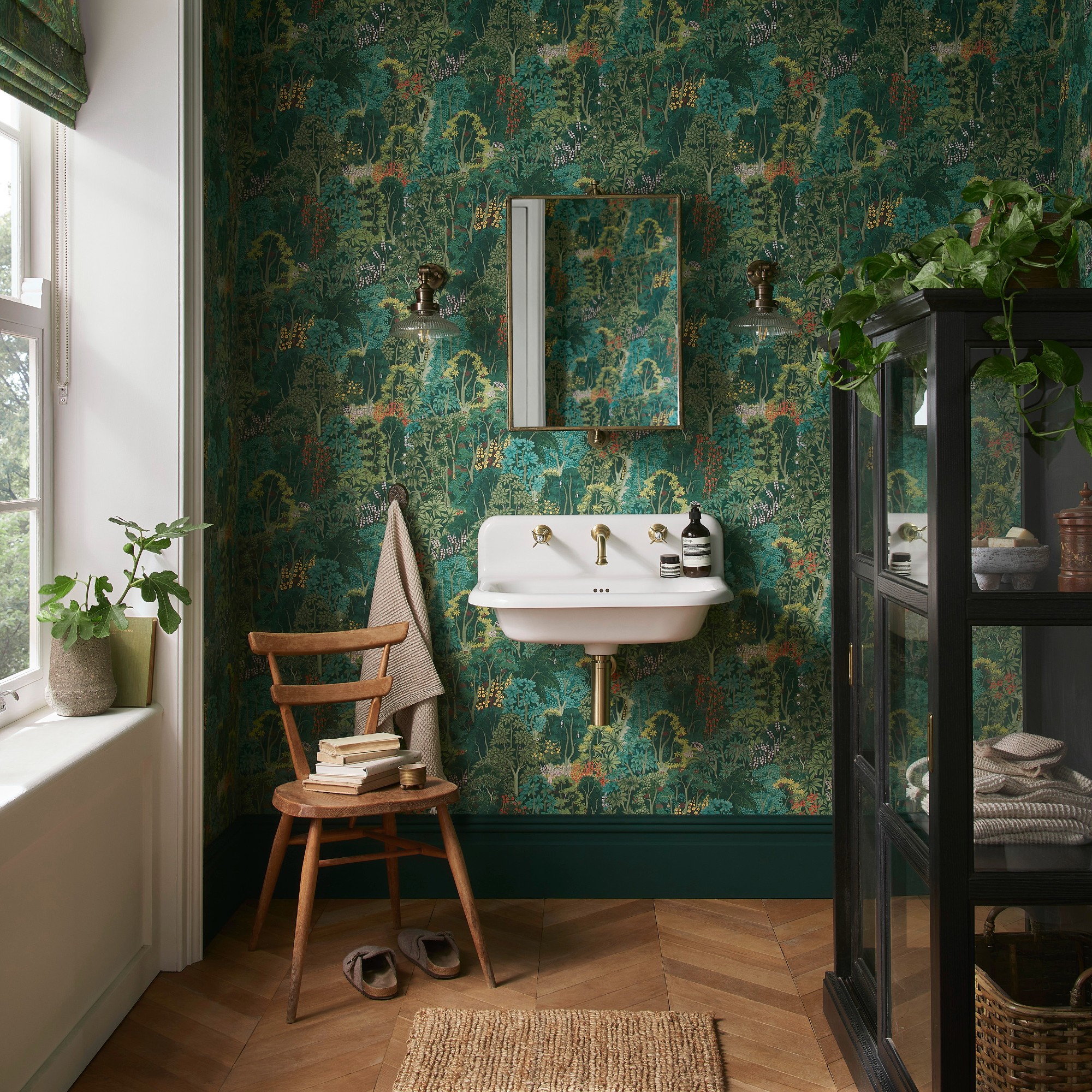
Using a leaf or floral-print wallpaper will give your room a biophilic boost, but
choosing a patterned wallpaper takes serious consideration, especially if it’s a small space. Interior stylist Charlotte Boyd advises, ‘If wall-to-wall botanical pattern is too much for you, consider concentrating the design in a smaller area by combining the paper with painted panelling on the lower section of the wall and papering above. Or, break up the wall with a dado rail and paper below it while painting above it in a coordinating shade.’
‘It’s also worth knowing,’ she reveals, ‘that botanical prints with an off-white or cream background and a less dense design will seem less overpowering.’
We love Graham and Brown's New Eden wallpaper which strongly connects with the outdoors.
10. Decorate with foraged nature

Decorated branches, vases of foliage, twigs and pinecones are all simple – and cost-free – ways to style-up your home.
Interiors stylist Charlotte Boyd says, ‘Bringing foraged foliage into your home is a great way to connect the space with nature and the seasons. I like to go big, with one or two large, leafy branches in a tall, heavy-based vase that won’t topple over with the weight. On a sideboard or in the centre of the dining table, it creates a stunning focal point. Don’t try to make it symmetrical: with foraged finds, you want it perfectly imperfect.’
FAQs
What is biophilic design in interiors?
Biophilic design involves using elements of the natural world in decorating a home, but also maximising the feeling of connection with nature by making inside spaces feel light, open and connected to the outdoors.
What is a biophilic indoor environment?
It’s one filled with light, plants and flowers, and natural materials left in their natural state as far as possible to create an outdoors-indoors effect.
What are the disadvantages of biophilic design?
Having a lot of plants can be high-maintenance. Ben Weymes, associate studio manager at Resi says, ‘Watering, pruning and caring for the plants will be necessary and you may need to incorporate water features, which will drive the cost up. Neglecting maintenance will impact both the health and the vitality of the biophilic elements, resulting in decline of the aesthetics and the effectiveness.’

Vanessa Richmond has been a freelance writer, editor and editorial consultant since 2021. Her career in magazines began in 1998 and, apart from a four-year stint at women’s lifestyle magazine Red, it has been spent working on interiors titles including House Beautiful, Country Homes & Interiors and Style at Home. She is a former editor of Ideal Home, Country Homes & Interiors and Style at Home magazines. She has also worked for House Beautiful and Red. During her 25 years as a journalist, she has been a sub-editor, columnist, deputy editor and editor. Now she combines freelance writing with being a secondary-school English teacher.